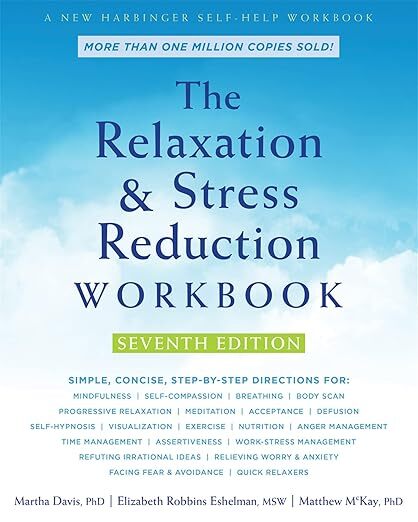Safe Place Imagery
Visualize a Calming Sanctuary to Reduce Stress and Anxiety

Introduction
Safe Place Imagery, also known as guided imagery or visualization, is a relaxation technique where you create a vivid mental image of a peaceful, safe, and comforting place. By engaging all senses—sight, sound, touch, smell, and taste—this method fosters emotional security and mental calmness, making it an effective tool for enhancing well-being.
Why It Works
Safe Place Imagery taps into the brain’s ability to simulate sensory experiences, activating neural pathways similar to real-world stimuli. Visualizing a calming scene reduces activity in the amygdala (the brain’s fear center) and stimulates the parasympathetic nervous system, triggering the “rest and digest” response. This lowers heart rate, blood pressure, and cortisol levels, countering the “fight or flight” stress response. Research shows guided imagery can reduce symptoms of anxiety, depression, and post-traumatic stress disorder (PTSD), while improving emotional regulation and overall mental health.
How To Do It
Instructions:
- Sight: See vibrant colors, like blue ocean waves or green forest leaves. Notice light or shapes.
- Sound: Hear soothing sounds, like gentle waves, birds chirping, or soft music.
- Touch: Feel textures, like warm sand, cool grass, or a soft blanket.
- Smell: Smell calming scents, like salty air, pine trees, or fresh flowers.
- Taste (optional): Imagine a comforting taste, like warm tea or chocolate.
Helpful Tips:
- Start Simple: Focus on one or two senses if visualization feels challenging at first.
- Be Flexible: If a scene feels uncomfortable, try a different one that feels soothing.
- Use Guided Audio: Apps or recordings can guide you through the process.
- Practice Regularly: Daily sessions, even short ones, enhance benefits over time.
- Combine Techniques: Pair with deep breathing or progressive muscle relaxation for deeper calm.
- Personalize It: Tailor the imagery to what feels most comforting for you.
- Stay Patient: Visualization skills improve with practice; don’t worry if it feels hard initially.
- Track Progress: Note changes in stress or mood before and after sessions to see improvement.
Recommended Videos
The Safe Place Meditation
Lewis Psychology
Safe Place Imagery
Dan Roberts, Psychotherapist
Grounding Meditation - Safe Place Visualisation
Yoginimelbourne
Influential Books
Using techniques he's taught to thousands of patients and healthcare professionals, Dr. Rossman presents an overview of imagery and then provides readers with specific scripts that can be used to achieve deep relaxation and healing.
The Relaxation and Stress Reduction Workbook remains the go-to resource for stress reduction strategies that can be incorporated into even the busiest lives.
The magic of guided imagery can engage the imagination like no other medium. Whether you're a counselor, teacher, healer, or pastor, in this collection you'll find the perfect script for your listeners.
* As an Amazon Associate I earn from qualifying purchases.
Helpful Websites
Popular Apps
Scientific Research
- Liu, K., et al. (2020). The Effectiveness of Progressive Muscle Relaxation, Deep Breathing, and Guided Imagery in Promoting Psychological and Physiological States of Relaxation. Evidence-Based Complementary and Alternative Medicine, 2020, 5271524. https://pubmed.ncbi.nlm.nih.gov/34306146/
- Toussaint, L., et al. (2021). Effectiveness of Progressive Muscle Relaxation, Deep Breathing, and Guided Imagery in Promoting Psychological Well-Being. Frontiers in Psychology, 12, 686707. https://pubmed.ncbi.nlm.nih.gov/34248794/
- Nguyen, J., & Brymer, E. (2018). Nature-Based Guided Imagery as an Intervention for State Anxiety. Frontiers in Psychology, 9, 1858. https://pubmed.ncbi.nlm.nih.gov/30364155/
Related Topics:
Strongly Related
Reduce Stress:
[Links to related web pages]
[Links to related web pages]
[Links to related web pages][Links to related web pages]
Moderately Related
Issue B:
[Links to related web pages]
[Links to related web pages]









